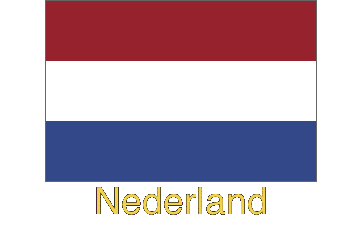Photos from the Dutch Caribbean: the three “Benedenwindse Eilanden”, Leeward Islands
| Home | About | Guestbook | Contact |
DUTCH CARIBBEAN - THE ABC (LEEWARD) ISLANDS - 2016
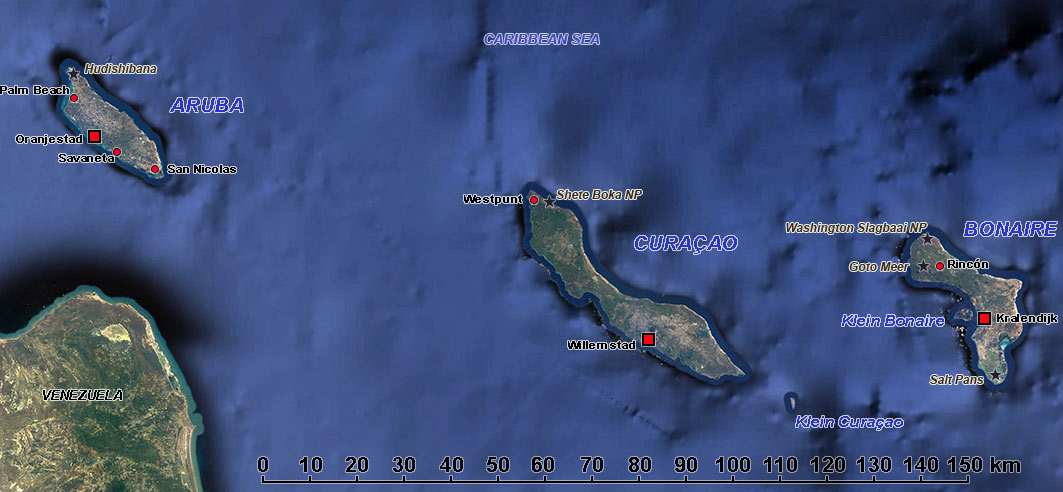
A short history of the Dutch Caribbean: the ABC Islands (Leeward Antilles)
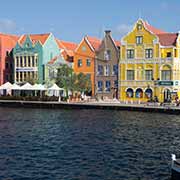
In 1814, under the terms of an Anglo-Dutch treaty, the Netherlands regained control over its colonies in the West Indies, except territories that became part of British Guyana (now Guyana). The Colony of “Curaçao and Dependencies” (Curaçao, Aruba and Bonaire) off the coast of Venezuela merged with “Sint Eustatius and Dependencies” and Suriname to reduce costs and was ruled from Paramaribo. It was partially undone in 1845, with the six islands now merged as a separate colony, again named “Curaçao and Dependencies”, with its capital in Willemstad, Curaçao.
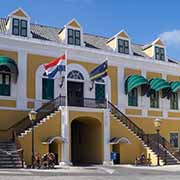
The colony was given limited autonomy in 1865, and in 1936 it was renamed the Territory of Curaçao, although the six islands were still ruled as a colony. During the Second World War, Queen Wilhelmina of the Netherlands promised autonomy to all its overseas territories, and in 1948, the territory was renamed “Netherlands Antilles”, with far-reaching independence. In 1951, by royal decree, all six islands received fairly substantial autonomy. On 15 December 1954, the Netherlands, Suriname and the Netherlands Antilles became equal partners in an overarching Kingdom of the Netherlands.
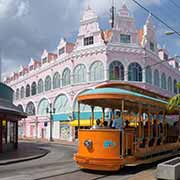
On 1 January 1986, Aruba decided to secede from the Netherlands Antilles. It felt Curaçao dominated the union and became a separate autonomous country within the Kingdom of the Netherlands, indicated with the term “status aparte)”. The Netherlands Antilles, now comprising five islands, continued, but other islands were also not happy with the arrangement. Between 2000 and 2005, each island in the Netherlands Antilles conducted a referendum, with four options, ranging from closer ties with the Netherlands to complete independence.
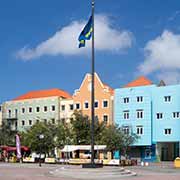
Sint Maarten and Curaçao voted for the “status aparte”, making these, like Aruba, separate autonomous countries within the Kingdom of the Netherland. Sint Eustatius voted to stay within the Netherlands Antilles, while Bonaire and Saba voted for closer ties with the Netherlands. After a Round Table Conference between all parties in 2005, agreements for the future status of all islands were signed. On 12 October 2006, the Netherlands reached an agreement with Bonaire, Sint Eustatius and Saba: these three (the BES islands) would become special municipalities of the Netherlands.
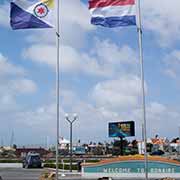
On 3 November 2006, the Netherlands reached an agreement with Curaçao and Sint Maarten for autonomy; initially rejected by Curaçao’s island council, they finally accepted it on 9 July 2007. On 17 May 2010, the BES islands: Bonaire, Sint Eustatius and Saba, were given royal assent to be integrated into the Netherlands. And, after ratification by all parties, the Netherlands Antilles was finally dissolved on 9 September 2010.


